The Germans had flooded the plain surrounding the key crossroads of Carentan before the Americans came ashore at Omaha and Utah Beaches on June 6, 1944. As a result, the town of 4,000 became an island amid the flooded marshes and low-lying areas on the right bank of the Douve River along the imaginary seam where the Cotentin Peninsula joins the rest of France. The water was deep enough to prevent vehicle traffic and to either prevent altogether or substantially hamper movement on foot except on bridges and causeways.
The 101st Airborne Division would run up against a motley crew of German defenders in its quest to take the crossroads. As part of its secondary mission, to be addressed once it had secured inland exits opposite the American beaches, the 101st was to push south through Carentan. The chaotic parachute drops on the morning of June 6 had a lot to do with the delayed assault on Carentan, which did not get underway until June 10. It took considerable time not only for battalion-size units to coalesce after the drops, but also a fair amount of time to separate the troops of the 82nd and 101st Airborne Divisions, which had become mixed together.
One of the better units the Americans would face in the Battle of Carentan was the crack, all-volunteer 6th Parachute Regiment of the 2nd Fallschirmjäger. Its commander, Colonel Frederick von der Heydte, had fought the British at Crete. The officers and many of the non-commissioned officers had some measure of experience in Crete, North Africa, or Russia. Each battalion had three rifle companies and one heavy weapons company. The paratroopers had to make do with less than optimum equipment by that time in World War II. For example, they were equipped with seven types of light machine guns. They lacked vehicles that would enable them to redeploy as circumstances dictated.
Following the German airborne invasion of Crete, the Germans refrained from large-scale drops for the remainder of the war. As the story goes, Hitler was so shocked by the heavy losses that he forbade further large-scale air drops. But the story is more complex than that. The Germans neither had enough well-trained paratroopers nor sufficient aircraft for large-scale future operations. For those reasons, the paratrooper units became elite ground forces. This explains why von der Heydte’s two battalions were committed as they were at Carentan.
Von der Heydte and other frontline commanders in Normandy received an order from German leader Adolf Hitler on the eve of the battle that would become something of a running joke as the battle for Germany dragged on in the coming weeks and months. They were to defend their ground to the last man and, if necessary, give their lives in the process. Retreat was not an option. Most of the battle-hardened commanders shrugged it off.
The Americans would commit the 501st, 502nd, and 506th Parachute Infantry Regiments and the 327th Glider Infantry to the assault on Carentan. The Germans were deployed on the high ground located southeast and southwest of the town. When the 101st Airborne Division began its delayed attack on Carentan, it initially suffered significant casualties. But it was not long before the U.S. paratroopers had turned the tables on their German adversaries. That story is told at length in this issue.
—William E. Welsh
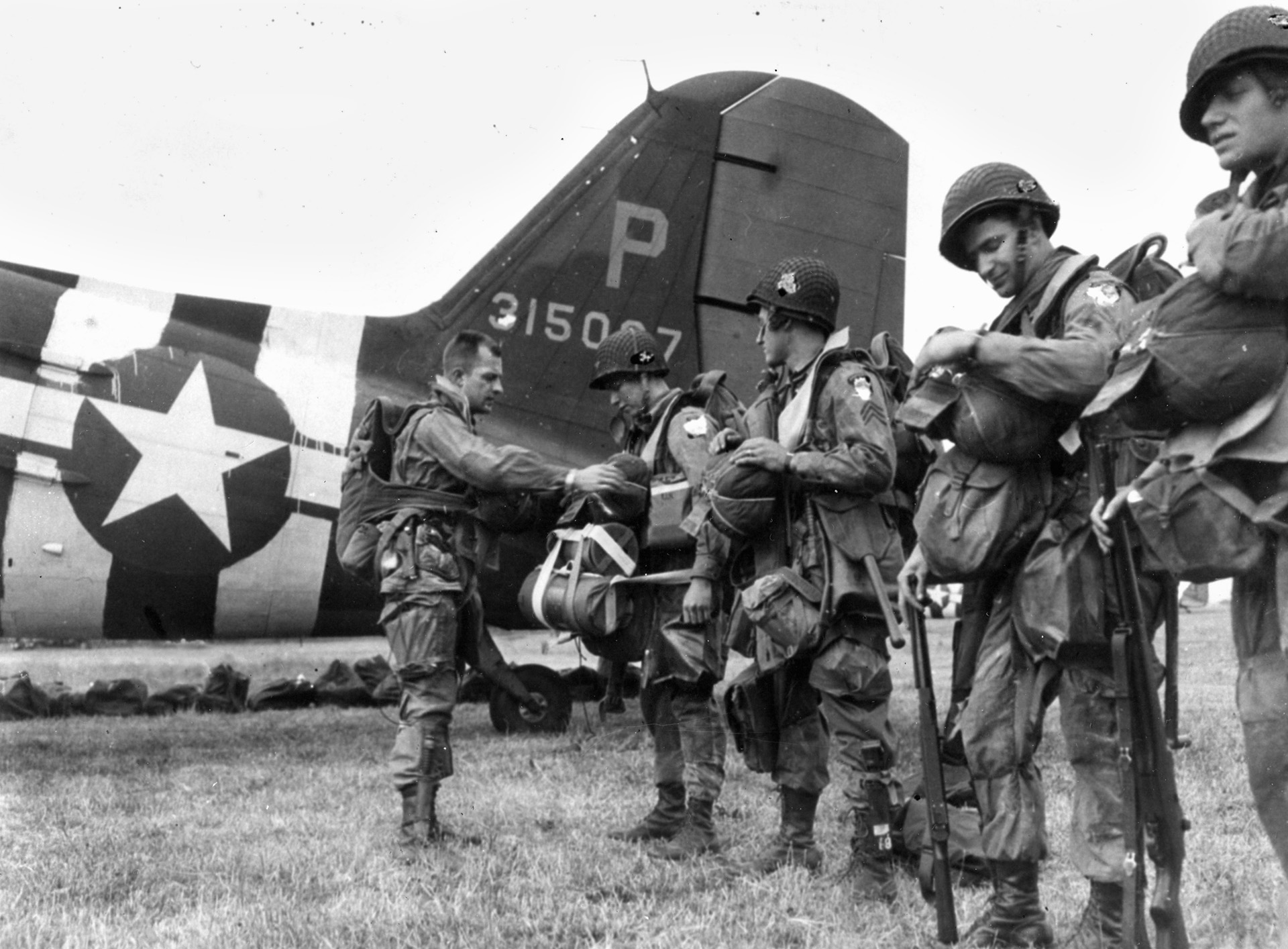
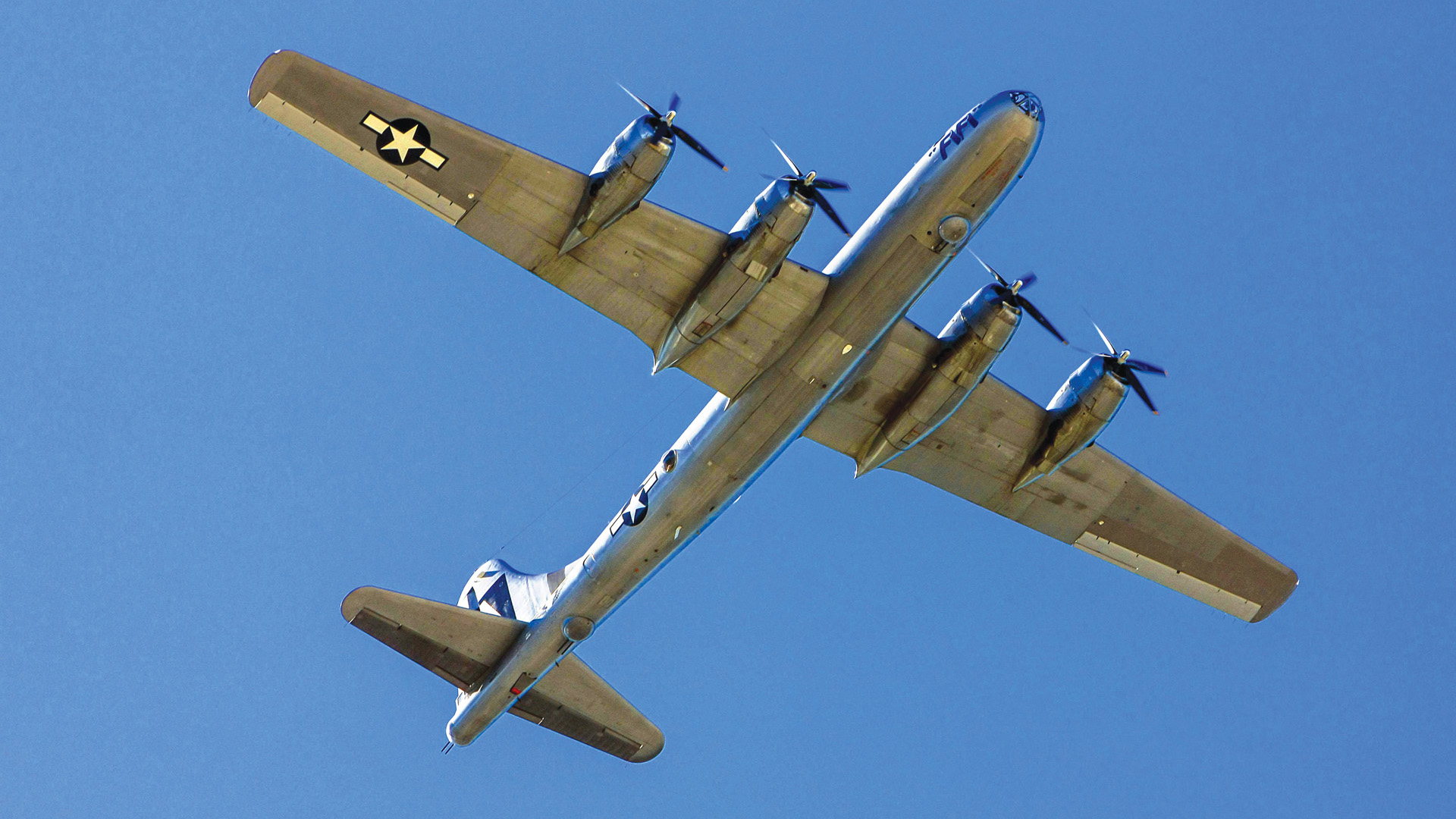
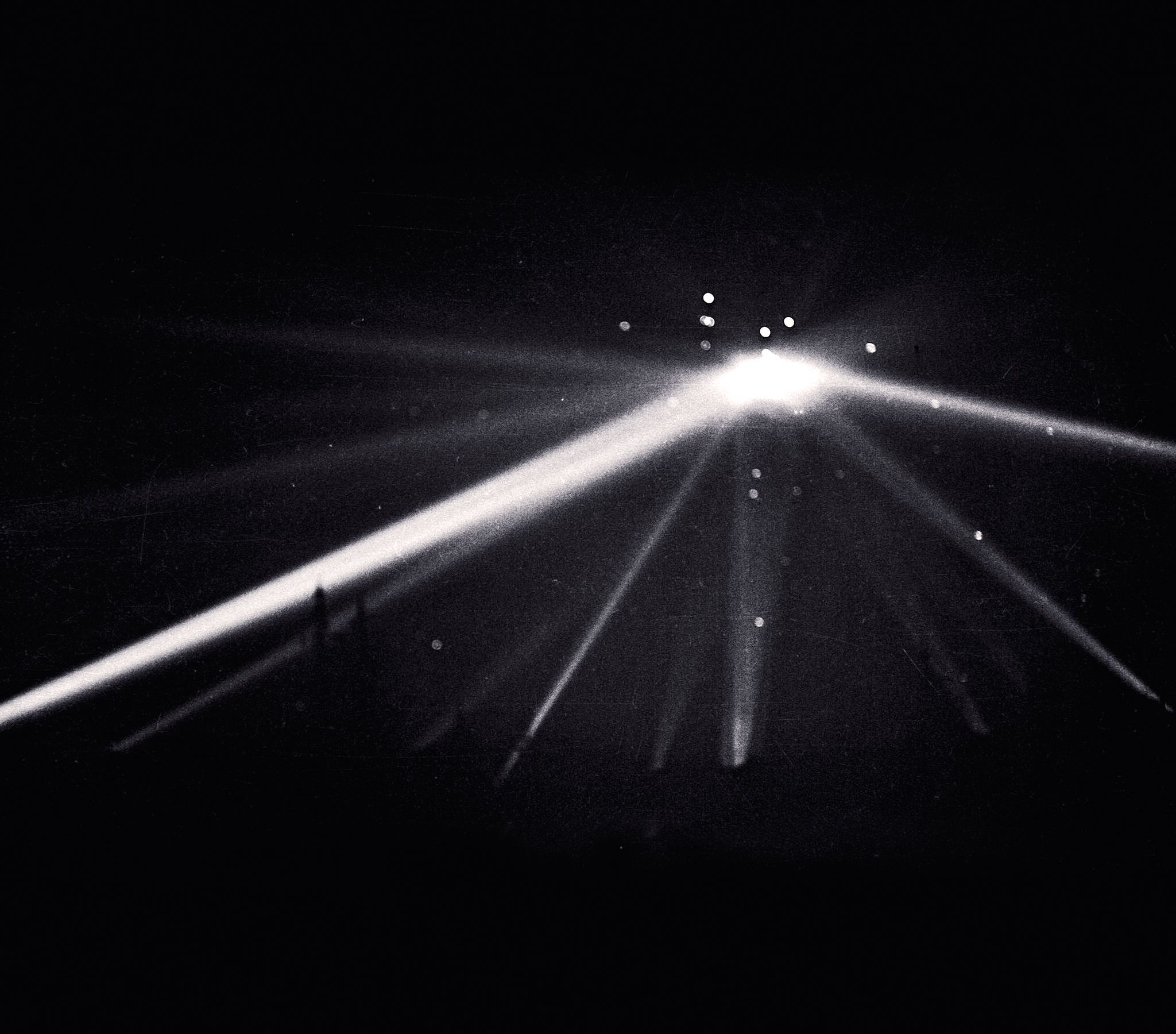
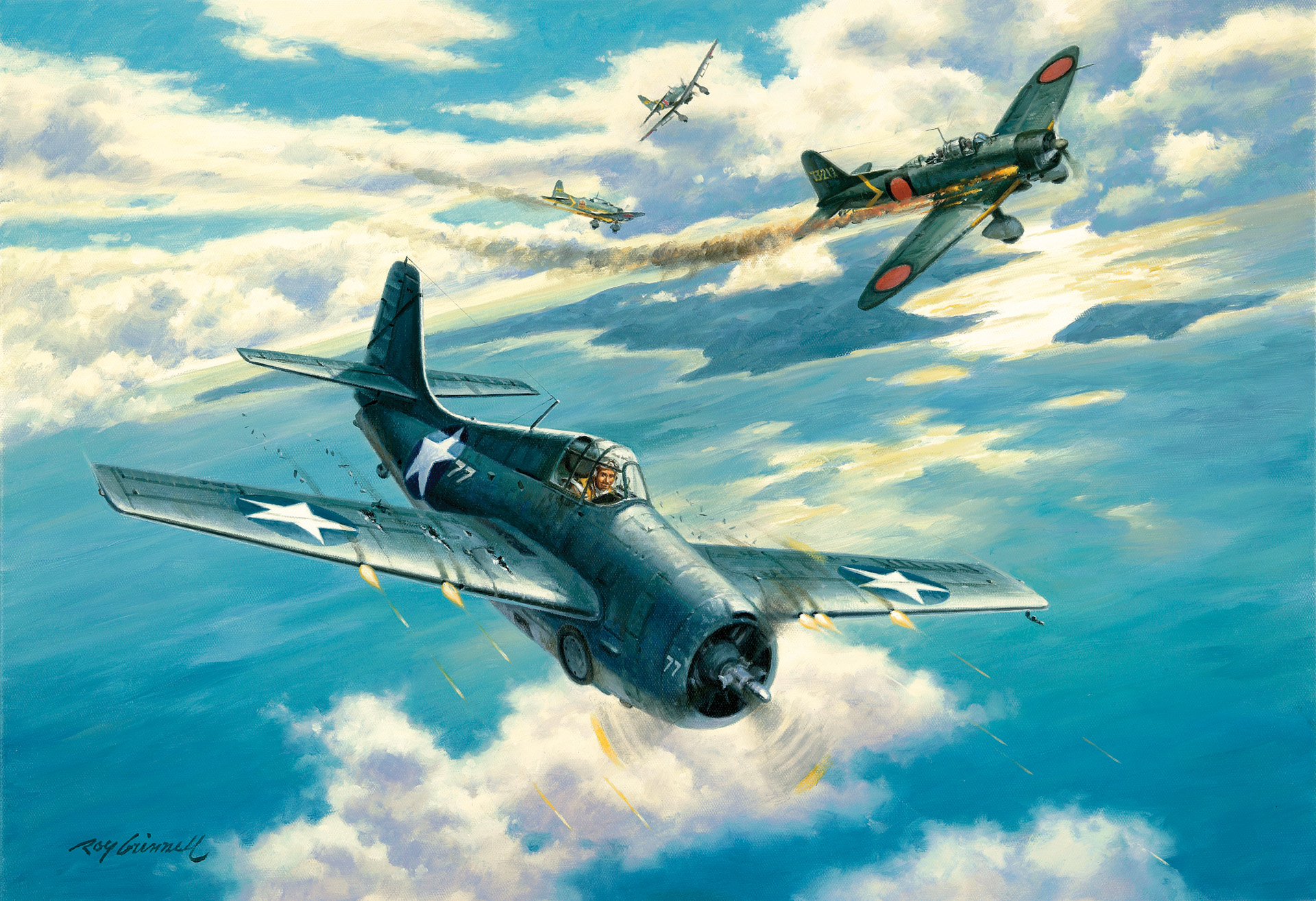
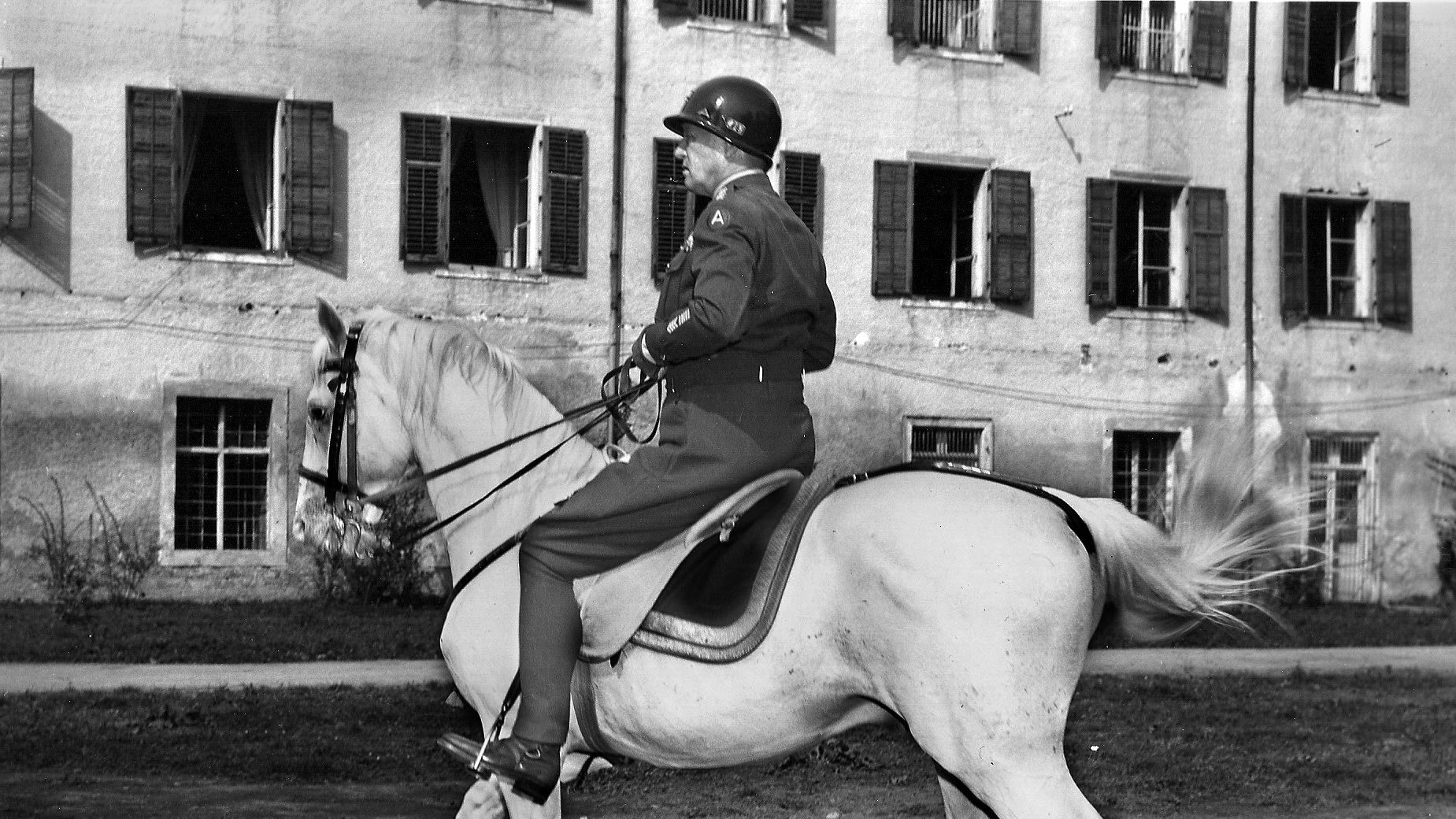
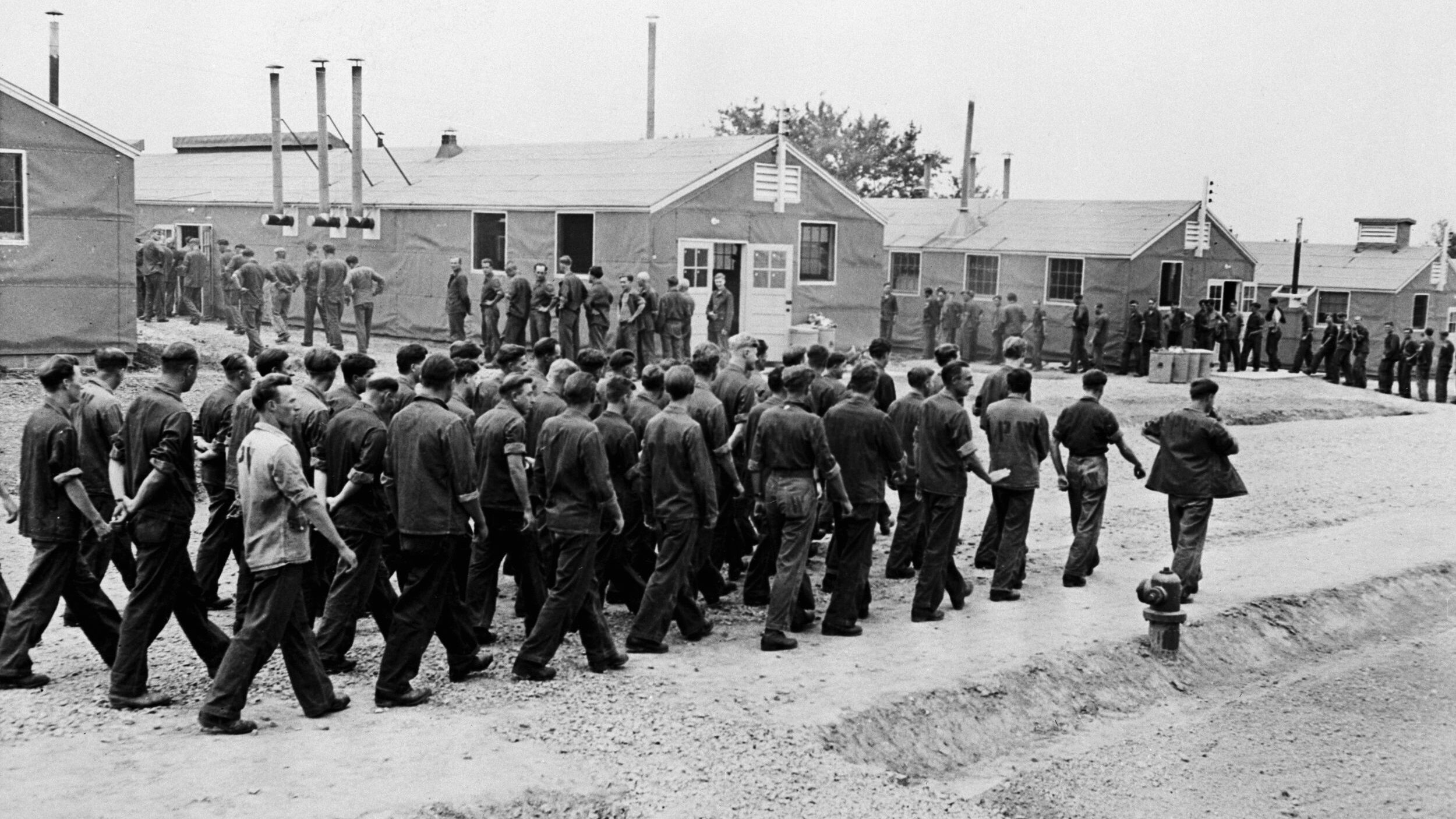
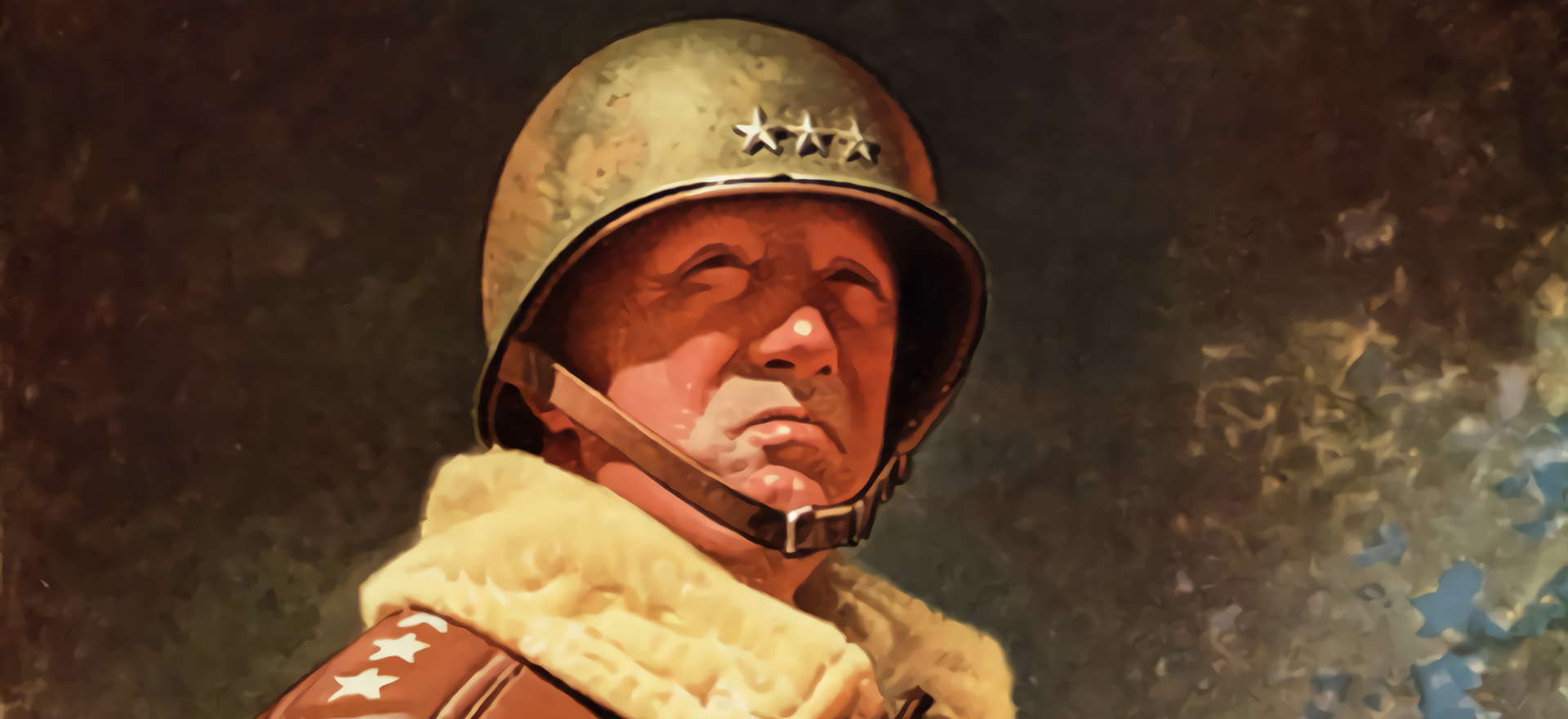
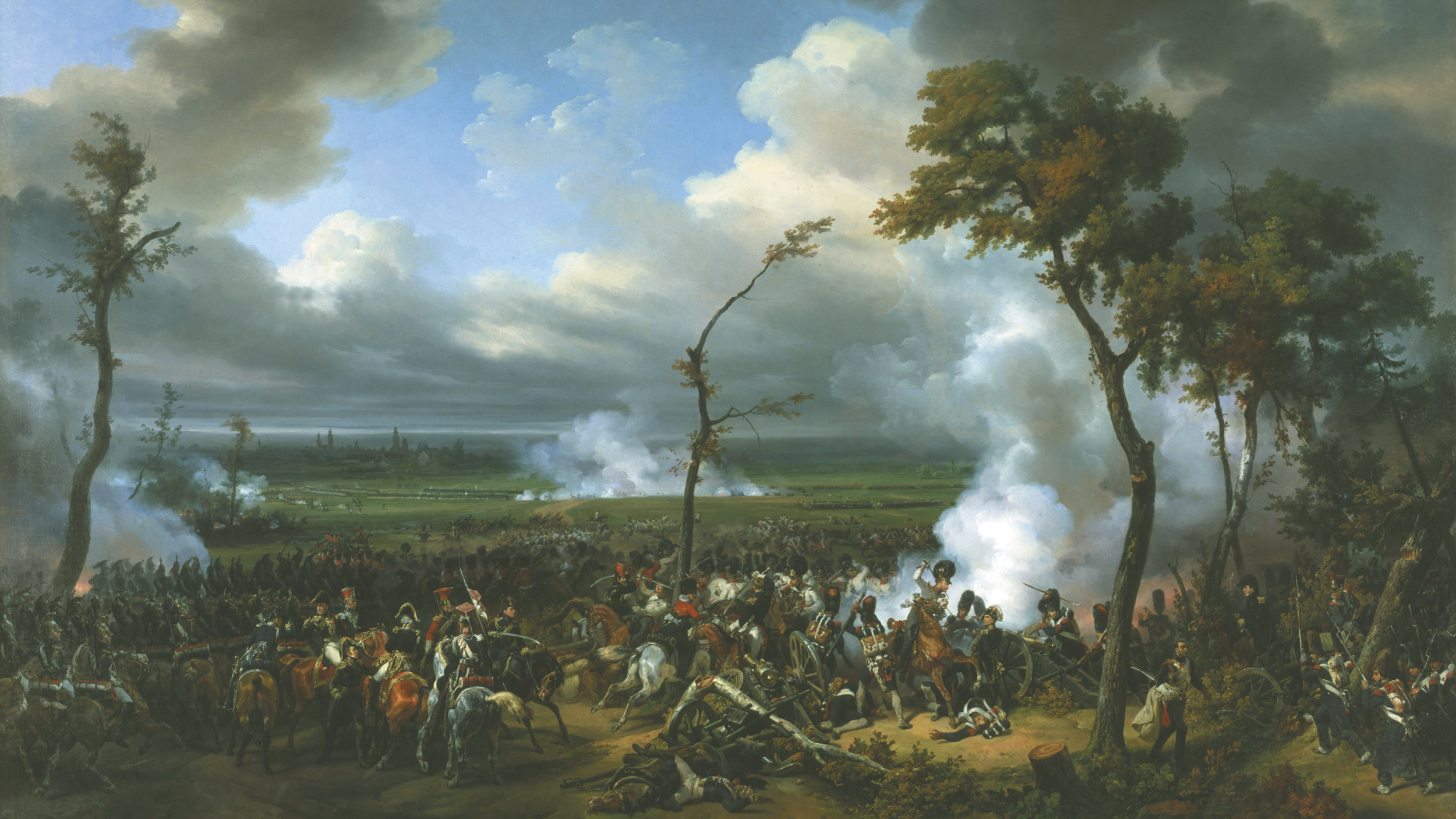
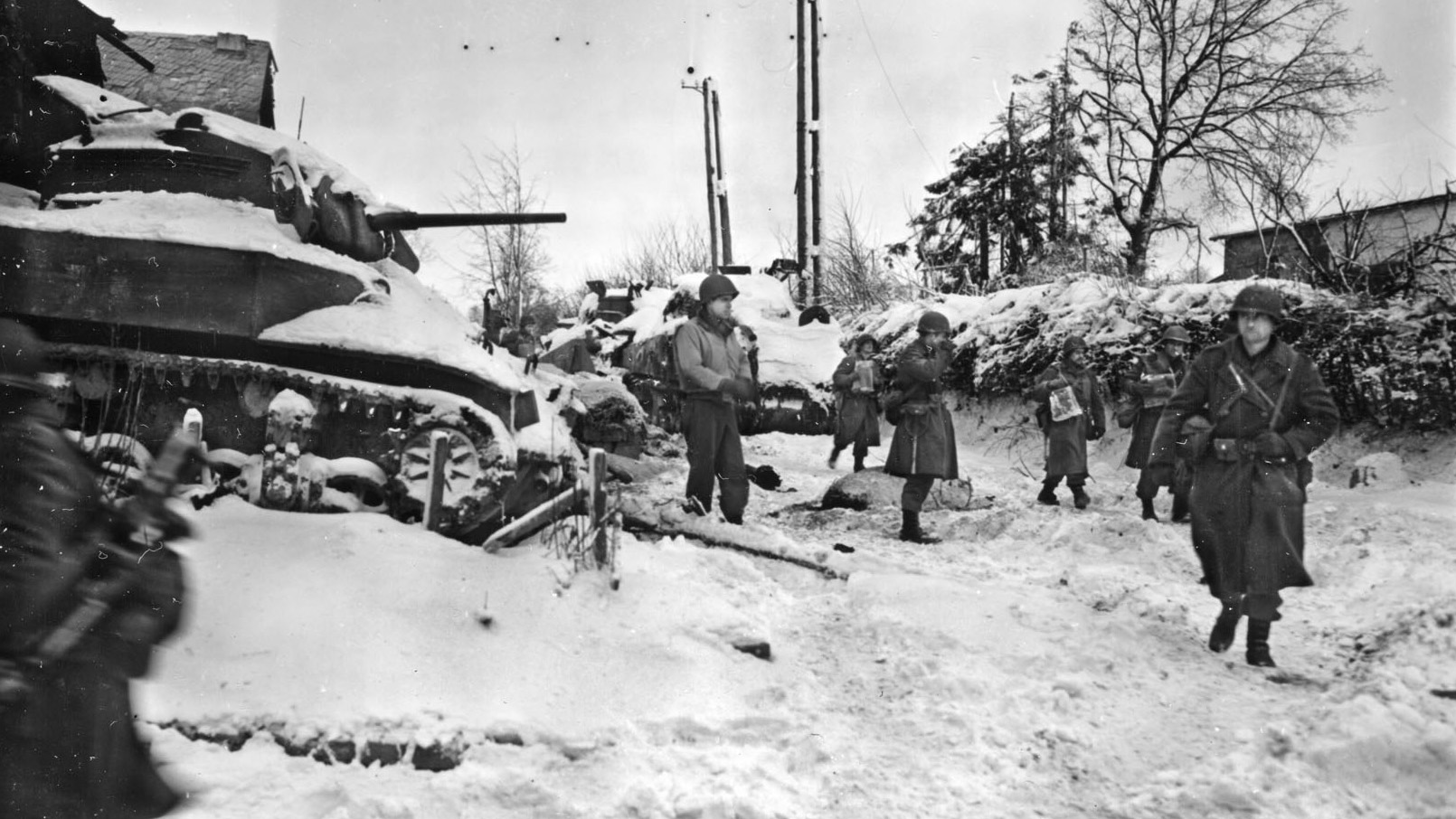
Join The Conversation
Comments
View All Comments